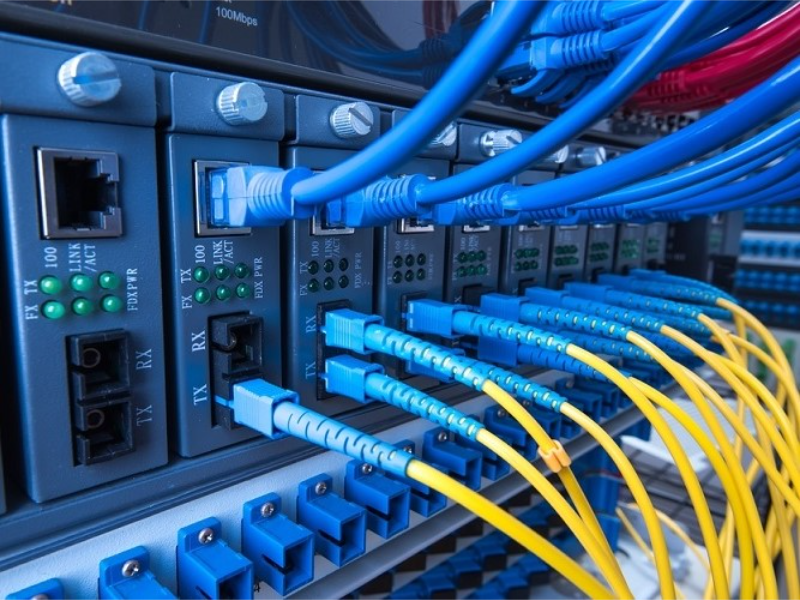- A cable in networking is a physical medium that carries electrical signals or optical pulses to transmit data and power between devices.
- Understanding the different types, specifications, and best practices for installation and maintenance is key to harnessing their full potential in a networking environment.
The verb “cable” appears regularly in various fields of technology, especially in the discipline of networking. It functions as an essential link in devices, enabling the exchange of power and data. By supplying an extensive yet straightforward discussion of cables, this article is trying to demystify the notion of cables in networking.
Understanding cables
In networking, a cable is a physical channel that delivers optical pulses or electrical signals. These signals can be instructions for devices to communicate with other devices, or they can be data, consisting of text, images, or video. It has several types from cables, each designed for specific use and application.
Types of cablesCopper cables
- Copper cables are the most common type of cables used in networking. They are electrical signal-transmitting conductive wires. Copper cables come in multiple categories: Twisted pair cables is made out of two wires of copper with insulation that the have been tightly twisted together. They are utilized extensively for local area networks (LANs) and are popular due to their low price and ease of creation. Other groups for twisted pair cables consist of Cat5, Cat6, and Cat7, each that denotes the cable’s performance capabilities. Coaxial cables comprise of an outer jacket, a layer of insulation, and a metallic shield around a central conductor which is made of copper or aluminum. Given that coaxial cables may carry high-frequency signals over long distances with barely signal loss, you use it for cable television and broadband internet connections.
Optical cables
The fiber optic cables, another acronym to feed optical cables, use light to transfer data. They is made out of one or more wavelengths of light, made from thin strands of glass or plastic. Between the numerous advantages of optical cables are: High bandwidth: In comparison with copper cables, they allow for more data. Long range from Without the addition about signal boosters, light signals can travel greater distances. They are immunized to electromagnetic interference (EMI), unlike copper cables.
Wireless cables
Wireless technology is an form of “cable” in that it connects devices without the aid of physical wires, although it is not a physical cable. Examples of wireless connections that give data over radio waves consist of Wi-Fi, Bluetooth, and cellular networks.
Also read: Is Ethernet a network protocol? Exploring its capabilities and impact
Cable connectors
- RJ45: Used for Ethernet connections, this connector is common in LANs.
- RJ11: Smaller than RJ45, it is used for telephone lines.
- BNC: Bayonet Neill-Concelman connectors are used for professional video and some networking applications.
- HDMI: High-definition multimedia interface connectors are used for high-quality audio and video transmission.
Cable specifications
Deciding on the correct cable for a given application takes an understanding in cable specifications. Relevant information include:
- Speed: The rate at which data can be transmitted.
- Distance: How far the cable can effectively transmit signals.
- Bandwidth: The range of frequencies that the cable can carry.
- Attenuation: The reduction in signal strength over distance.
Also read: What is a network cable?
Cable installation and maintenance
- Routing: Avoid sharp bends and excessive tension to prevent damage.
- Securing: Use cable ties or clips to keep cables organized and prevent accidents.
- Labelling: Clearly label cables to simplify troubleshooting and maintenance.
- Testing: Regularly test cables to detect any faults or degradation in performance.
There have many varieties of cables, and each has left distinctive characteristics and uses. For full use of themselves in a networking situation, it’s critical to know about all of the forms, necessities, and best practices for their setup and upkeep.

